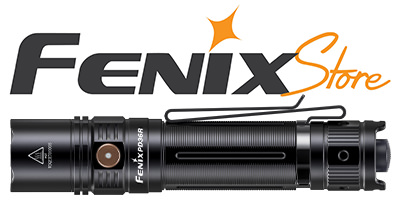Scuffer
Newly Enlightened
I've been using Olights for a few years for work, starting with the Warrior X3, then the Seeker 3 Pro and finally the Marauder Mini. I have a load of EDC sized lights, the original Arkfeld, Baton 3 Pro Max, Baton3 and charging case and the Perun Mini.
Whilst there is nothing really wrong with the lights (from a casual user, not someone who was overly concerned with CRI numbers) the proprietary/sealed batteries were a concern. But recently thr biggest bug bear is the lack of development and marketing for collectors rather than developing products offering something new compared to the current range.
I had started looking back at Fenix and Nitecore for new toys, before researching and ordering 3 Convoy lights to try.
Whilst there is nothing really wrong with the lights (from a casual user, not someone who was overly concerned with CRI numbers) the proprietary/sealed batteries were a concern. But recently thr biggest bug bear is the lack of development and marketing for collectors rather than developing products offering something new compared to the current range.
I had started looking back at Fenix and Nitecore for new toys, before researching and ordering 3 Convoy lights to try.

